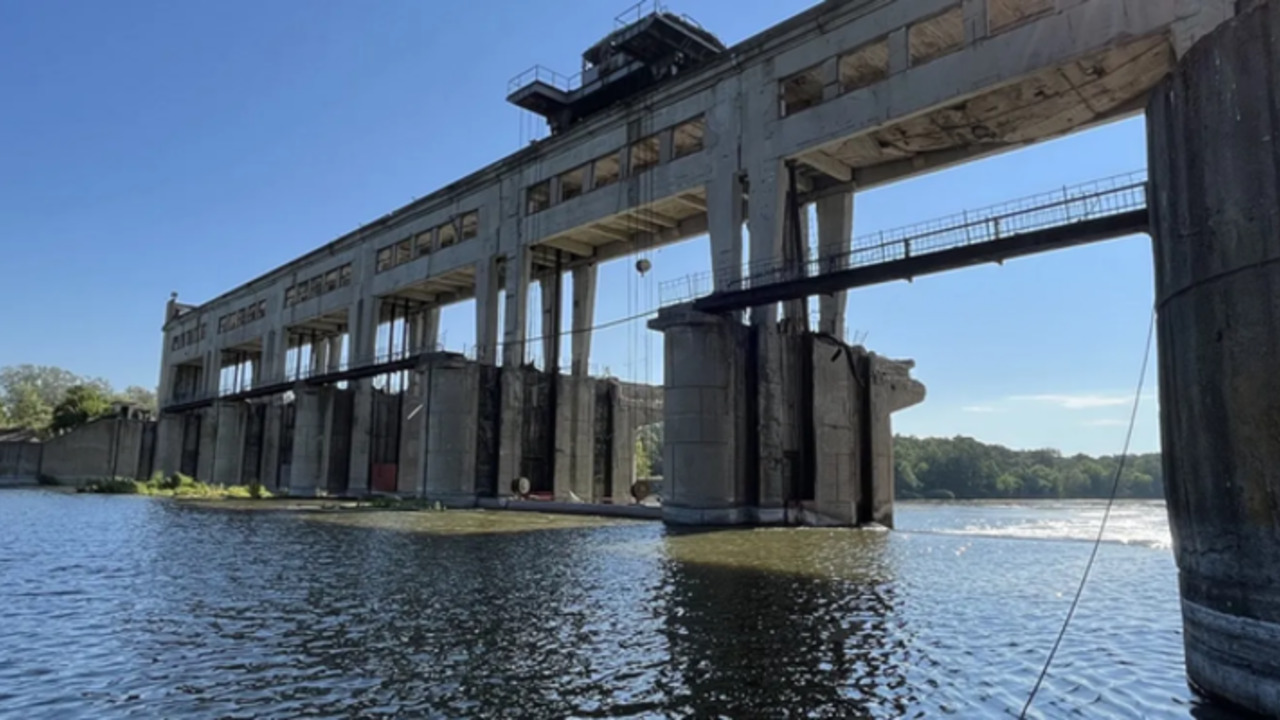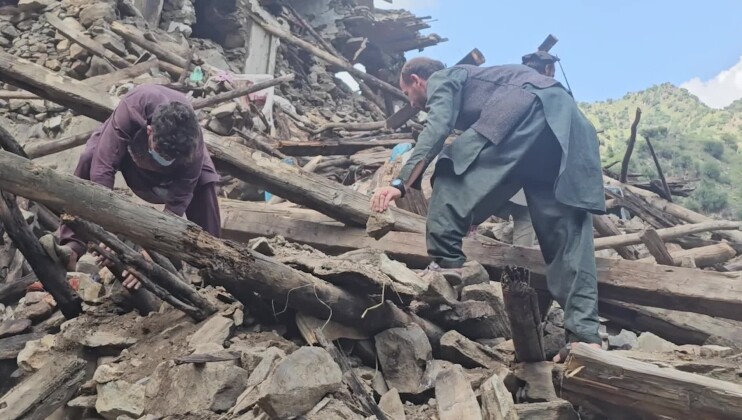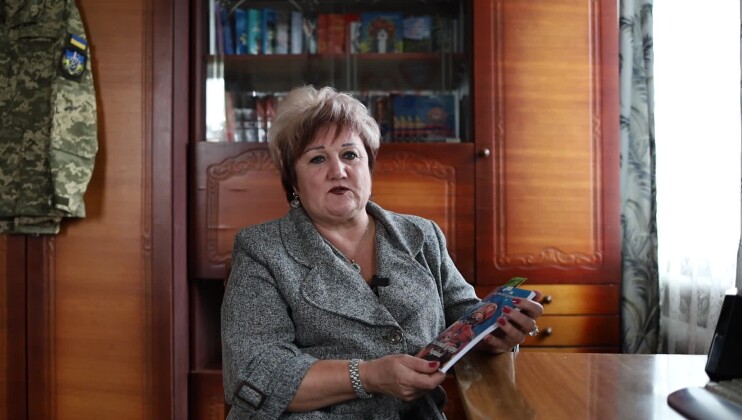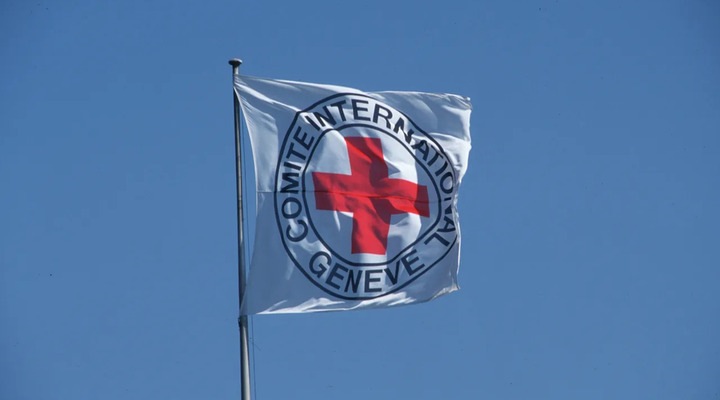Ukraine: Repairing two dams reduces risk of collapse for communities
Kyiv (ICRC) – The International Committee of the Red Cross (ICRC) completed the repair of two dams that will ensure water supply to more than 70,000 people in northeast Ukraine last week.
Both dams are located close to the frontlines in Donetsk and Kharkiv Regions, sustaining severe damage due to the international armed conflict between Russia and Ukraine.
“When you turn on your tap, you want water to come out, especially amid active conflict,” said ICRC Head of Delegation in Ukraine Jurg Eglin.
“These repairs will help ensure that happens. The repairs also reduce the risk of a dam collapse, which could cause loss of life and massive damage to infrastructure and livelihoods.”
The Oskil and Raihorodok dams, in Kharkiv and Donetsk regions respectively, are part of a water supply system feeding into the Siverskyi Donets-Donbas Canal in eastern Ukraine. This system once met the industrial and drinking water needs of millions of people in the area.
With ongoing hostilities and shifting frontlines since the escalation of armed conflict in February 2022, the canal’s capacity has been severely reduced – mainly serving people in Kramatork, Donetsk Region.
The armed conflict has not only affected water supply to communities but has also exacerbated technical defects preventing the safe release of excess water. These impacts of the conflict, compounded with the fragility of the dams, increases the risk of collapse and flooding.
Together with local water authorities, the ICRC fixed key lifting mechanisms of the dam gates and cleared debris resulting from the damage. We also supported partners in the clearing of unexploded ordnance that posed hazards around the dams, reducing the risk for utility workers.
In 2023, the ICRC helped improved access to essential services – water, electricity and heating – for more than 4.8 million people across Ukraine.
Notes to editors:
Oskil and Raihorodok dams, located in Kharkiv and Donetsk regions respectively, were built in the 1950s with the main purpose of delivering enough water to the Siverskyi Donets Donbas Canal (SDDC). This canal supplied water to the whole region of Donetsk, to meet both the industrial and population water demand in the area. Both dams had different roles: while Raihorodok was ensuring there is a constant water level at the Siverskyi Donets river to feed the canal, Oskil was designed to ensure that there is enough flow going into this river and contributes to keeping a water reserve at the Oskil reservoir in the drier seasons. In addition, the Oskil reservoir became a source of water for agricultural activities, and its dam was a source of electricity coming from the hydro power plant.
For more information, please contact:
Patrick Griffiths, ICRC Kyiv, +380 (66) 657 02 89, pgriffiths@icrc.org




